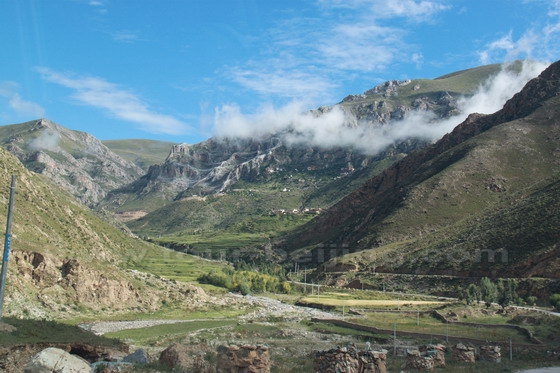Lhamo, literally, “sister goddess”, refers to Tibetan folk opera. The Tibetan Opera combines dancing, singing and chanting and songs. Its repertoire comes manly from three parts – folk dances; folk dialogues and songs; Buddhist rituals and arts.
Tibetan Lhamo has a history of over 600 years, back to in the 14th century when it was founded by Thang Tong Gyalpo, a Lama of Kagyu sect and a bridge builder. He aspired to build bridges over the rivers in the Tibetan Plateau for the benefit of the all.
He recruited 7 beautiful girls who were good at singing and dancing and organized a troupe for the performances to raises the funds for the bridge construction. These performances resulted in the making of the original Tibetan Opera, popularly known as “Lhamo” – the 7 beautiful girls.
Tibetan Folk Opera was greatly developed in the 17th century thanks to the support by the 5th Dalai Lama. It gradually formed a primary set dominated by singing and coupled with reciting, dancing and acting, incorporated into folk singing and dancing and routine life performances. On May 20, 2006, Lhamo ( Tibetan Opera ) was listed as China’s first group of National Intangible Cultural Heritage.
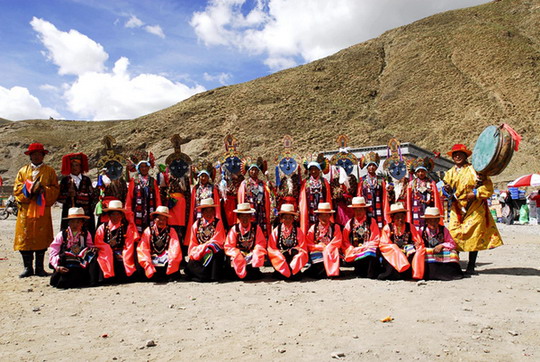
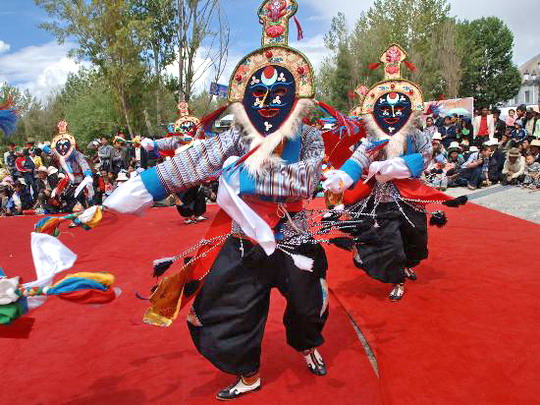


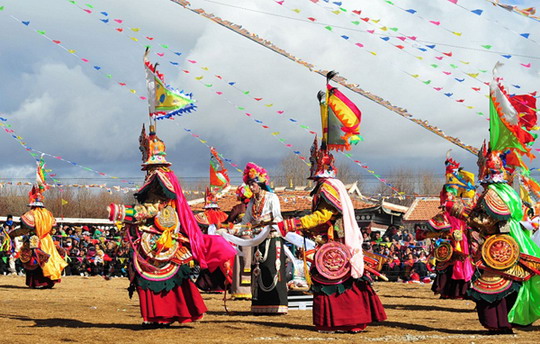
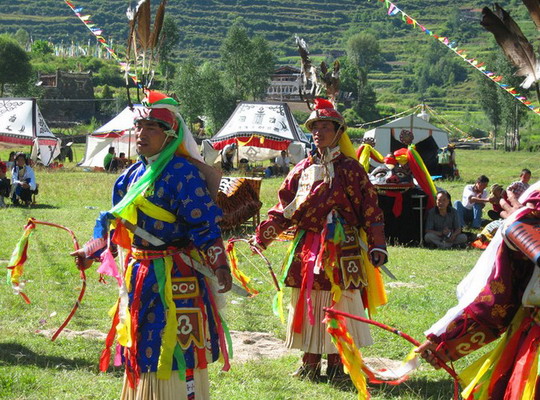
Plan your Lhasa tour, don’t miss the chance to watch Lhamo, the Tibetan Folk Opera!
All photos from Internet. For any question, just drop a line.






